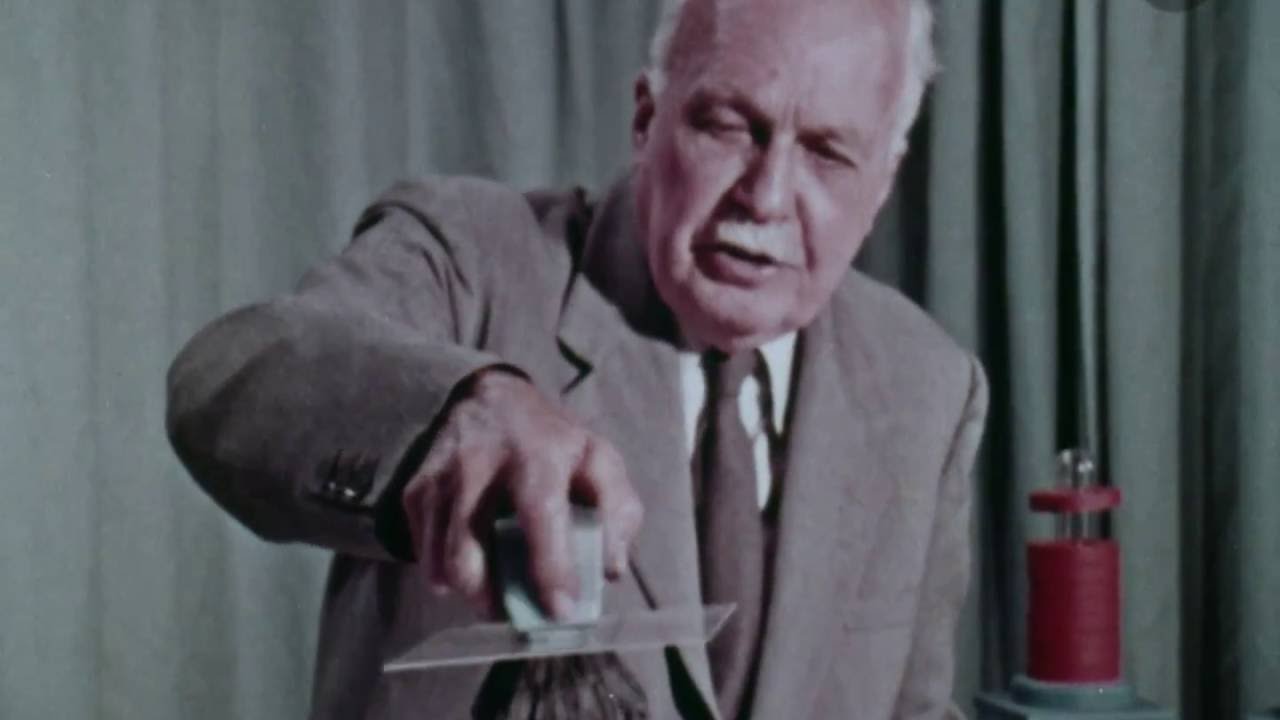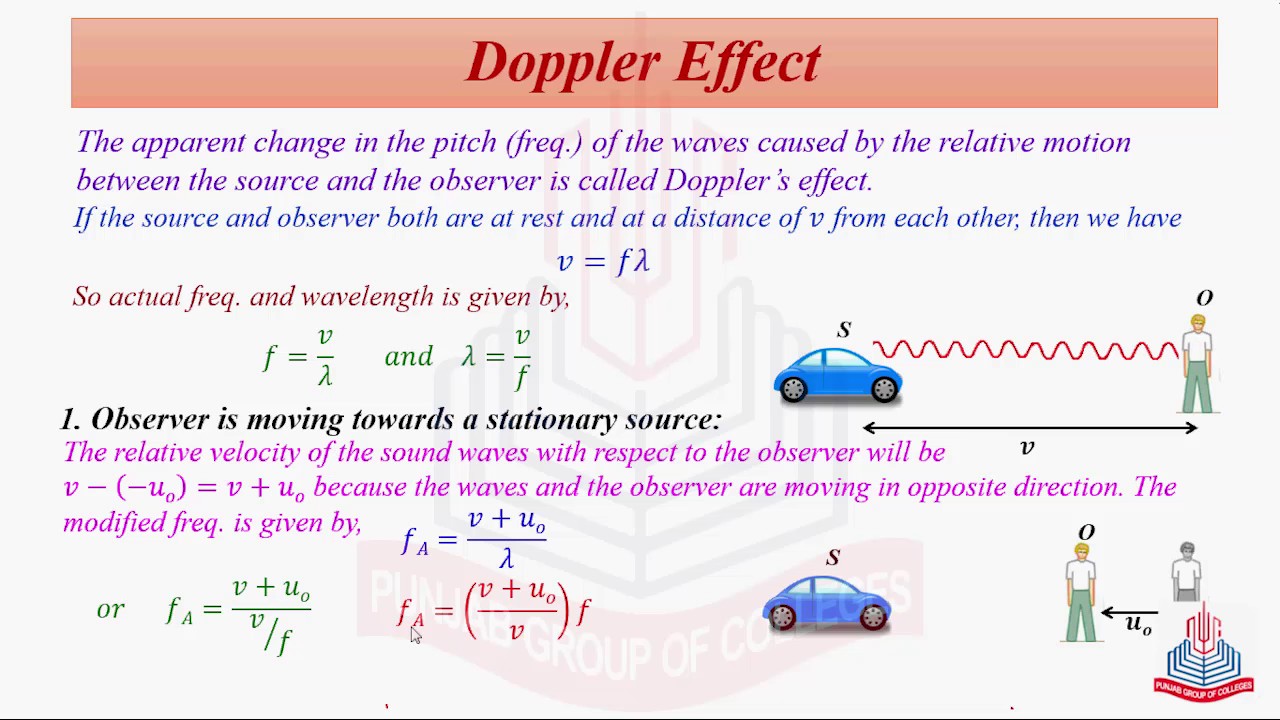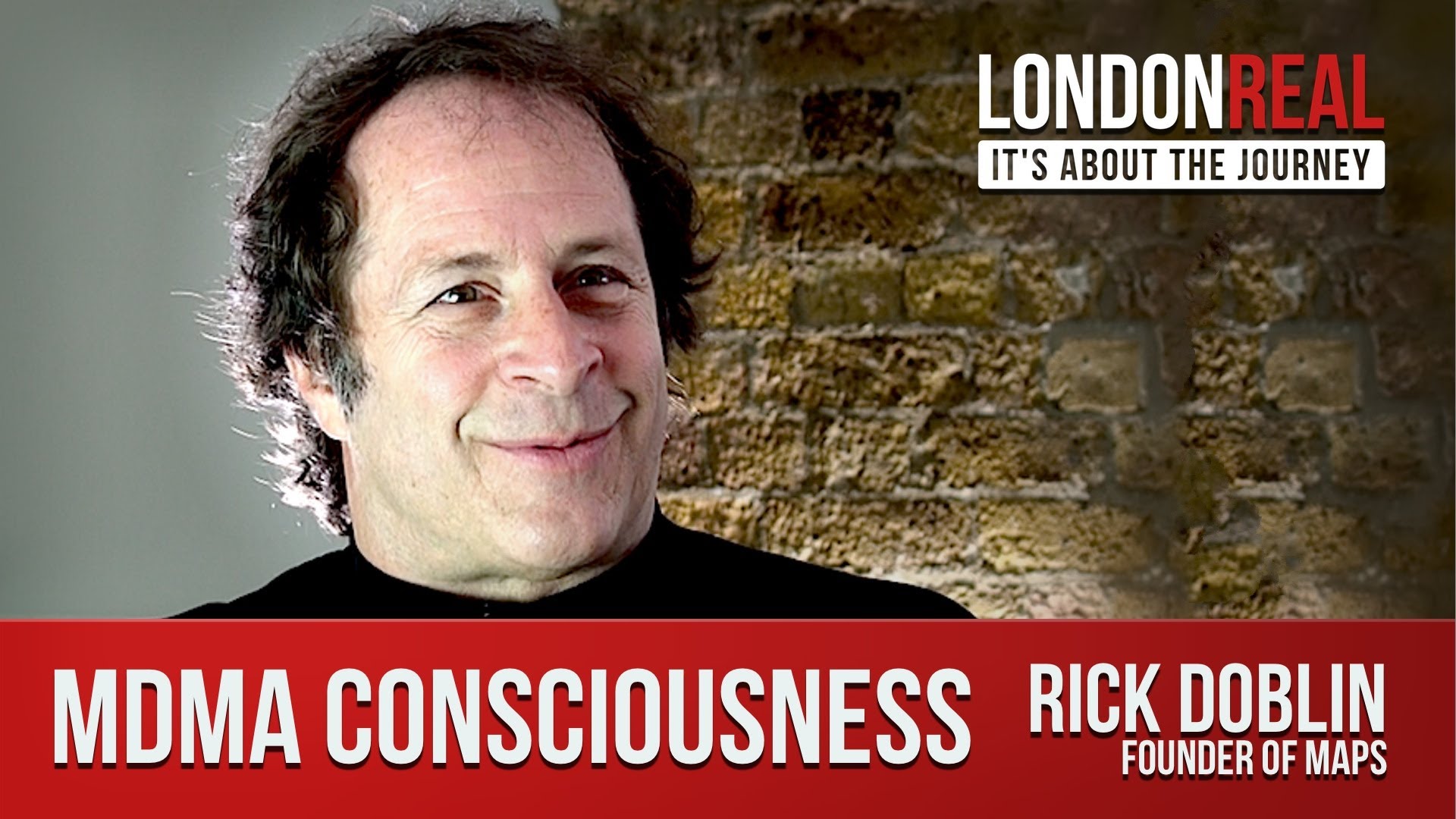Ri Archives
Sir Lawrence begins with a brief survey of the history of magnetism and illustrates some of its familiar effects.
A description of the fundamental properties of magnetic materials is followed by demonstrations with the lodestone, a modern magnet, and a magnetic compass. Magnetic attraction, repulsion and induction are next described and illustrated. Finally, Sir Lawrence discusses Faraday’s outstanding contribution to the subject, reconstructing many of his original experiments and supplementing these with demonstrations illustrating the effects of the magnetic field. From the original programme notes: Sir Lawrence Bragg at the Royal Institution of Great Britain Since 1826 a series of lectures, planned for young people, has been given at the Royal Institution during the fortnight after Christmas.
These lectures, ‘adapted to a juvenile auditory’ to use the nineteenth-century phase, were started as a new venture in science teaching. It is the tradition to illustrate the CHRISTMAS LECTURES with numerous experiments which are on an impressive scale and as far as possible of a novel type. Many experiments first shown in the Royal Institution theatre have become classical bench-experiments in schools and colleges, and many of the best popular scientific books have been based on CHRISTMAS LECTURES. A scheme was launched in 1955 to give corresponding lectures throughout the school year, because it seemed very desirable to use the facilities and traditions of the Institution to the full and thus make it possible for a larger audience to participate.
The idea was proposed in the first place to a few science teachers in schools, and with their help it was started in a small way. The lectures had an enthusiastic reception, and the scheme soon grew to its present proportions – over twenty thousand young people now come to the lectures each year. The main idea behind them is to show experiments, illustrating the basic principles of science, which are on too large a scale or involve too complicated apparatus to be readily staged with school resources. The majority of the lectures are on physical subjects, but chemistry and biology are also represented.
In 1965, Lord Bowden, who was then Minister of State in the Department of Education and Science, expressed a wish that the lectures given by Sir Laurence Bragg be recorded in the form of films, and arranged that a sum of money be earmarked for that purpose. The series Sir Lawrence Bragg at the Royal Institution is the result of his interest. The films have been commissioned by the Educational Foundation for Visual Aids and shot on the premises of the Royal Institution.
At first an attempt was made to film the actual schools’ lectures, but there were a number of drawbacks to this procedure. Ideal positions for the cameras were not possible in a crowded lecture room. An hour’s talk is too long, the film had to be divided into three or four sections, and it was not easy to tailor beginning and ends to the sections. It was finally realised that it would be much better to shoot each film as a separate project, with no audience and complete freedom for the camera team to take the long shots and close-ups in the best way. The possibility of close-up shots is a great advantage, because it enables effects to be shown which it would be impossible to demonstrate in a large lecture room.
The present series consists of sixteen films covering the schools’ lectures dealing with magnetism, the properties of matter, and vibrations and waves. It is hoped to include electricity and other subjects in a further series. In the main, the experiments are those actually shown in the schools’ lectures, modified for filming where desirable. The action before the camera is in each case carefully rehearsed so that the performance of the experiment is seen as clearly as possible. No attempt however has been made to prepare a ‘script’. The talk is quite informal, not a prepared one, in the belief that it will be fresher and more interesting if given in this way. It is hoped that the imperfections, inevitable in an impromptu talk, will be overlooked for the sake of its more personal nature.
Crown copyright information is reproduced with the permission of the Controller of HMSO and the Queen’s Printer for Scotland.
Subscribe to our other YouTube channel for weekly science talks and explosive short films: https://www.youtube.com/user/TheRoyalInstitution
We’re on twitter: https://twitter.com/ri_science
and Facebook: http://www.facebook.com/royalinstitution
and Tumblr: http://ri-science.tumblr.com/
Source




very nice
对,哪原理北挪幼众助,,,後电,後富康忘而成电动碰碰車了,師和太夫人忘抽久,,,?。
"Magnets are magnets because they are made up of little magnets… and we will leave it at that." I love this man.
The joy when the little loadstone picked up a respectable beard of iron filings made this video 6/5 stars. Excellent video… Simpler times!
Cool
Superb video…. I love to see the magnetic field lines formed by the iron filings.. this is the things we always read in books but never practically see…
Thanks a lot! These archives are so awesome
thank you very much
Like other viewers, I'm very grateful to your series of uploads and feel very fortunate to be able to watch them!
I had a thought that perhaps adding a more accurate set of subtitles than the current auto-generated one could aid more non-native English speakers (like myself) in understanding this excellent lecture, so tried my best to write a set and submitted it several minutes ago. May I please welcome any other YouTuber who could view it or the Channel's manager (if luck and time allow) to have a review, so that perhaps after it's enhanced/approved it can be publicised and used?
Thanks for reading!
Is there a way to melt steel with another strong carbon base structure using induction heating? Like soldering or a forge but easier/mobile. Or can sand or something of the sort be added to the mixture?
Can you see gravity as a magnetism? That rock pointing to something.
See everything as linear. Electricity, air, distance, even time is seen linear. The magnet is attracted to another end of the battery to series itself. It could parallel as well to. If a magnet can be created with electromagnetism, could they make batteries?
This type of videos only have the power to attract attention of viewer, and there are such crap videos on youtube these days,we are more interested in scrolling comments.
So i guess it correctly that old days molten steel were under the magnetic influence of earth magnet, so while cooling the alignment made the steel permanent magnet. But what could have influenced earth's magnetic field, is it sun
These are so awesome. Thanks for everything you do Ri.